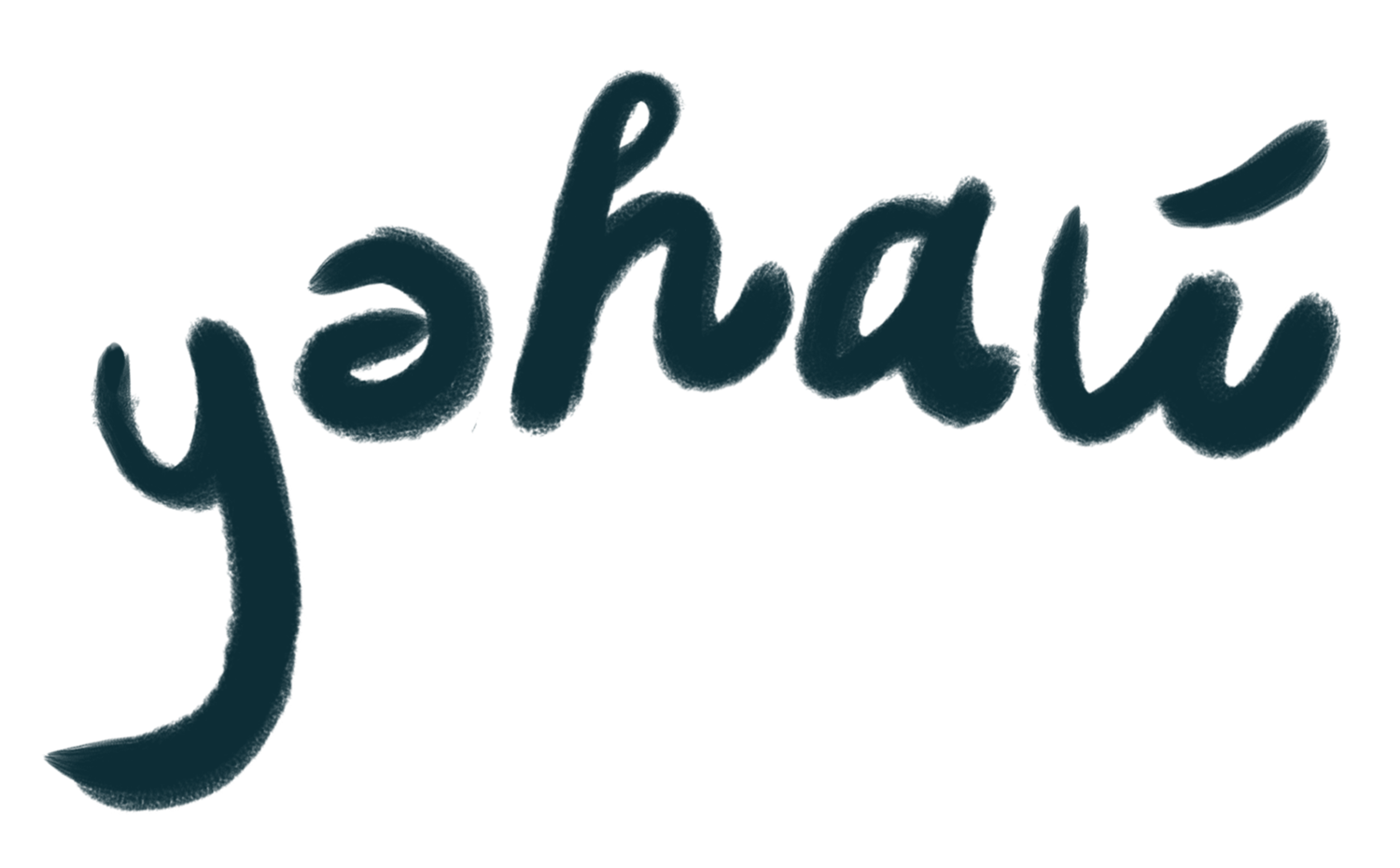Sean Gallagher
Ancestry: Inupiat
Based In: White Center, WA
Email: anayakkayak@gmail.com Social Media: @nativekut
Website: seangallagher.info
About the Artist
Sean Gallagher, Asuruk, Inupiaq, is a visual artist and traditional watercraft vessel builder who specializes in carving, two and three-dimensional art in using multiple mediums. His works are influenced by traditional teaching and current experiences with a reverence for the future. Themes include Environmental Justice, making visible endangered traditional works, and the experiences of essential workers including carvers and labor. Becoming a father inspires Sean's work through depictions of arctic animals in a way relatable to storytelling and the imagination. Although a lot of loss and hardships are currently being experienced, it is important that works engage youth and impacted communities to create safe spaces for them. Sean reduces barriers for others to access arts, with the understanding this is an important aspect of resilience, cultural revitalization, and equity.
Carving masks under the influence and direction of elder Larry Ahvakana (Point Barrow, Inupiaq) increased Sean’s skill set and connections to fine art. Additionally, Sean’s Uncle Lou taught Sean about design work. Sean creates traditional Skin on Frame kayaks, which often show up in his works and informs his values around connecting to place and beings in a respectful way.
At Vermillion Gallery in Seattle, with support from 4Culture Sean created Loud Seas Warming lands which relevant to Covid experiences. Through art sales, he supports mutual aid efforts, mainly in locations where services are lacking, other BIPOC businesses, and his household to increase resiliency and healing.
Sean's received support from 4Culture, the City of Seattle, Native Corporations, SEIU Martin Luther King Labor Council, and Evergreen State College Longhouse.
Currently, Sean is working on a lifesize figure made from Cedar with an upcoming exhibition in Ellensburg. Collaborations include Larry Ahvakana, Teressa White, and Yasmin Al-Hadithi. Sean is based out of White Center, just south of Seattle in Washington.
About the Art
My interest in King Island art and craft comes from my family heritage. While growing up, my grandmother told stories of the island in the arctic. Observing my Uncle Lou’s stone carvings, strengthened my sense of Inupiaq design and captured my imagination. Spending time with my family gave me a sense of being from a place of ice, snow, and walrus. Additionally, many Alaska Native people frequent urban environments, which led to other inspirations. Currently, I am working on scaling up traditional carvings from handheld to large-scale sculpture to bring visibility to endangered arts, to inspire continued practices, and to frontline workers. Native contributions and experiences are often erased and my work seeks to honor previous generations while seeking to create space for intergenerational transfer of knowledge.
My descent into studying the old ways of construction was done by building replications of skin boats (skin on frame kayaks) from the 17th to the 19th century, an endangered craft. Capturing the craftsmanship of the King Island Kayaks of this time, allowed me to bring to life an ancient craft. My works incorporate form, techniques, and relationships associated with traditional kayaks. Through participating in Northwest Inupiat Dance Group, I organized an Umiak build and produced a documentary film through my business Native Kut. The documentary, Umiak Travels, features how the Umiak changes the lives of people in the dance group. Following the impacts of Covid, I am organizing with other tribal community folks to do more camping and food sovereignty activities associated with the Umiak and canoes.
Utilizing knowledge of ancient technologies and self-exploration, I produce work that speaks to the experiences of ancestors, myself, and relatives. Many people and animals are impacted by environmental and social issues, such as covid which inspires me to incorporate these themes into my work, as our arts always tell the story of what is happening. These efforts are punctuated by the arrival of my baby, Wilx Anayak, which reaffirms the importance of holding space for future-gazing, imagining, and know the ways of ancestors.












